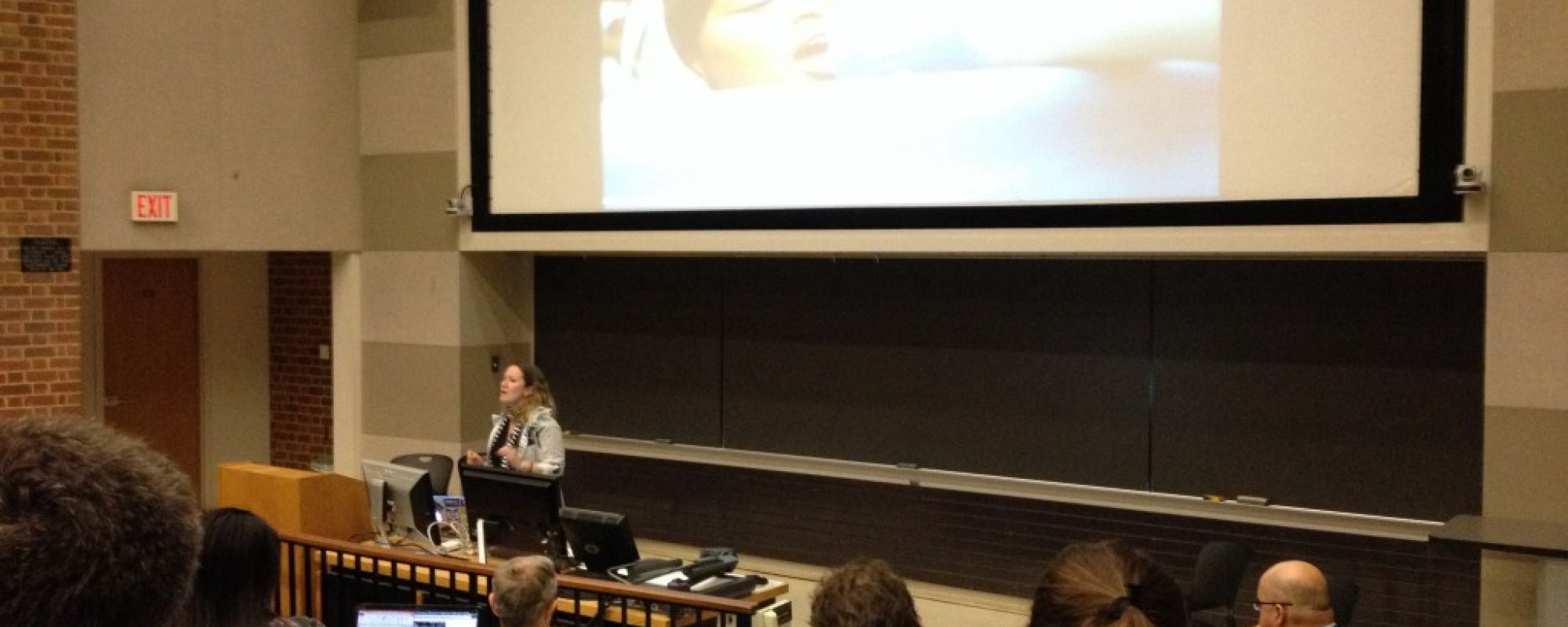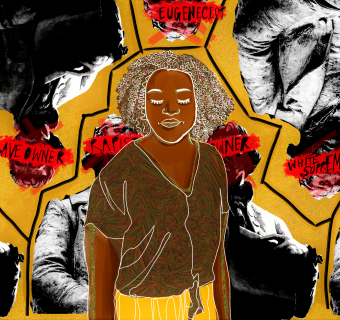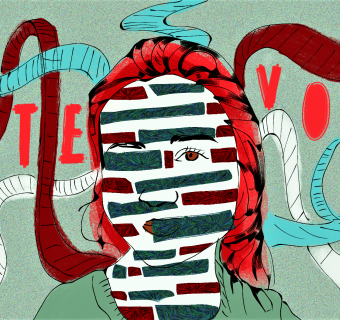The conference began with opening remarks from Deborah Johnson, co-director of the Center for Data Ethics, Law, and Policy, Don Brown, director of the Data Science Institute, and Siva Vaidhyanathan, co-director of the Center for Data Ethics, Law, and Policy. Don Brown and Deborah Johnson noted that the Center was a new venture for the Institute, having begun this past September. Don Brown said that data science is the integration of many fields and it cannot be done without recognizing issues of ethics, policy, and law. Vaidhyanathan introduced the keynote speaker for the morning, Boyd, calling her a “pioneer of empirical research” in how people use digital media in their every day life.
On Big Data, Boyd said, “Big data has nothing to do with bigness, and rarely has anything to do with data. It is in many ways a set of mythologies surrounding a phenomenon. And that phenomenon has to do with the way that we have the possibility of transforming society through different network technologies.”
Given this, the focus of Boyd’s work relied on demystifying some of the phenomenons we see occurring within these networks. She interviewed teens in 16 states, attending high school football games and rallies, among other typically “teen” spaces, with the hopes of eradicating the major myths about teens in regard to their use of digital media, particularly social media. These social media platforms generate spaces, which simultaneously become spaces where people gather, fostering a network of people through which an understanding of “public” emerges: the idea of an imagined community.
The public rhetoric concerning teen usage of social media typically contends that teens don’t care about privacy and thus the data that they leave on these social media sites should be fair game. Boyd’s research and presentation focused on teens understanding of privacy on social media sites.
She began a discussion of privacy, by comparing interactions in an unmediated environment (face-to-face interactions) to those in a mediated environment, namely social media sites. Those face-to-face interactions, despite occurring in a public place or sphere, are private by default. It takes effort, Boyd says, to share that conversation or gossip. In these mediated environments on social media networks, however, the idea is flipped. The effort becomes far greater to find the privacy settings on your social media account and change those settings, than to adhere to the default public setting. Thus these interactions become “public by default, private by effort.”
Privacy is not simply the control over information, but the control of a social situation. However, when entering into social media spaces, this ability to control your social situation becomes limited. Through Boyd’s numerous interviews with teens that engage with social media, she came to know the ways in which teens navigate this “default” public space.
She gave several examples of the ways teens shielded their accounts from public intrusion. One young girl consistently deleted the comments she and her friends posted onto Facebook statuses, not long after they were posted. Another young girl would deactivate and activate her account every time she logged in, as to hide her profile from adults trying to view it, making a concerted effort to only log in after 7p.m., when she believed those adults would no longer be concerned with her actions on her profile.
According to Boyd, the most popular way teens are able to maintain privacy on these otherwise public platforms is through restricting access to meaning, rather than content. She provided an example of a young girl whose mother constantly posted on her Facebook and expressed incessant concern for her daughter through these comments. When the young girl found herself in the middle of a break-up, she posted the song lyric, “Always look on the bright side of life,” as a way to signal to her friends that she was upset by way of a Monty Python reference. Yet by choosing this specific lyric, she was able to express her sorrows in a hidden manner, so as to avert any concern from her mother.
Teens are making very specific choices when posting to social media sites in order to restrict access to the meaning of their messages. Using pronouns rather than names is another common occurrence Boyd found in her study. The inner-circle, the close friends of the person posting, knows exactly “who” that pronoun refers to. Yet those on the margins, parents and teachers, have no clue.
Boyd’s findings show that teens are invested in maintaining privacy online. It is simply that those data mongers, wishing to profit from the data these teens provide, are on the margins. They do not see the ways in which teens today are navigating social media sites, very much concerned about keeping their space private. Teens are “hiding in plain sight” on these networks and are doing so effectively.







